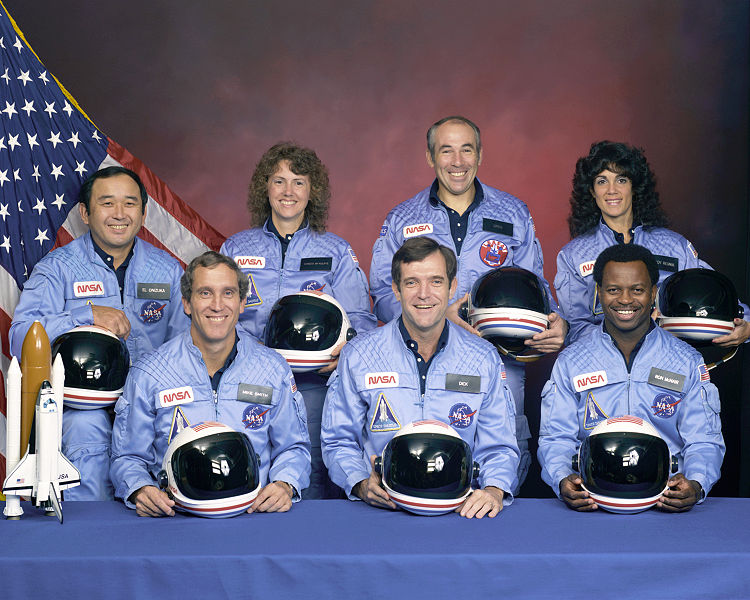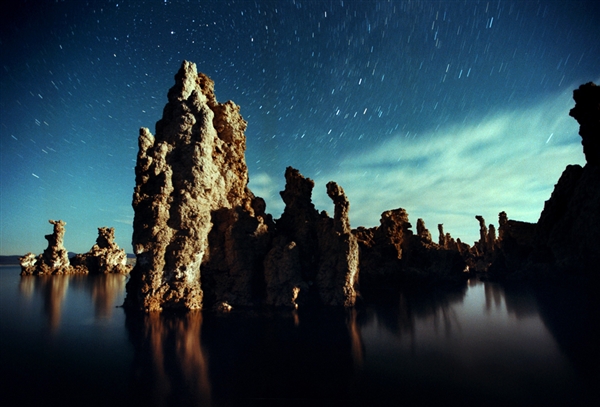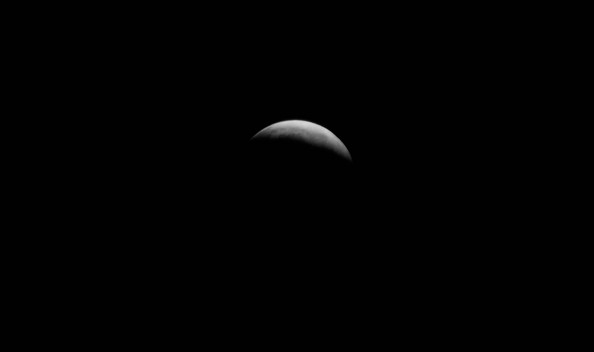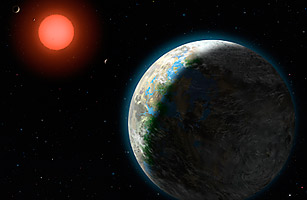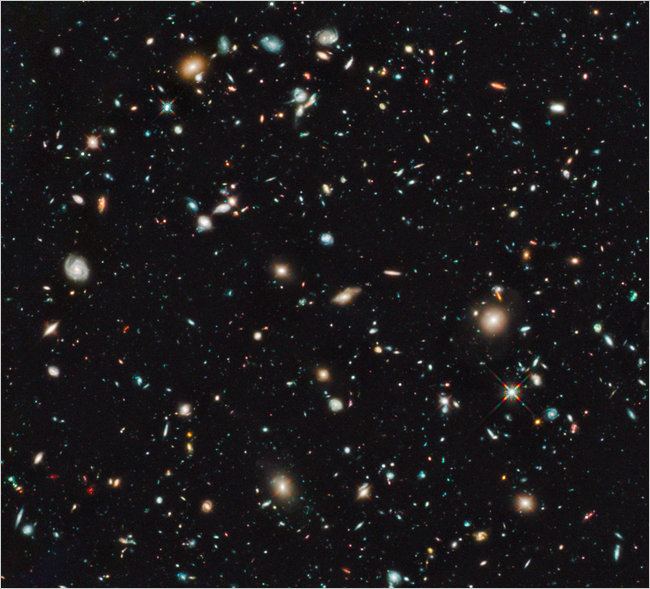
“It is a smudge of light only a tiny fraction of the size of our own Milky Way galaxy, and it existed when the universe was only 480 million years old…If confirmed, the discovery takes astronomers deep into an era when stars and galaxies were first lighting up the universe and burning their way out of a primordial fog known as the dark ages.“
From a few days ago: The Hubble — also the subject of an excellent IMAX-3D movie I saw on Saturday — (probably) finds the oldest, farthest galaxy yet discovered. “Spectroscopic observations with the forthcoming James Webb Space Telescope, however, are needed to cement the identification of the smudge as a galaxy…The Webb telescope, which is expected to be launched later this decade once NASA figures out how to pay for it, has been designed to find these primordial galaxies and thus illuminate the dark ages.”

